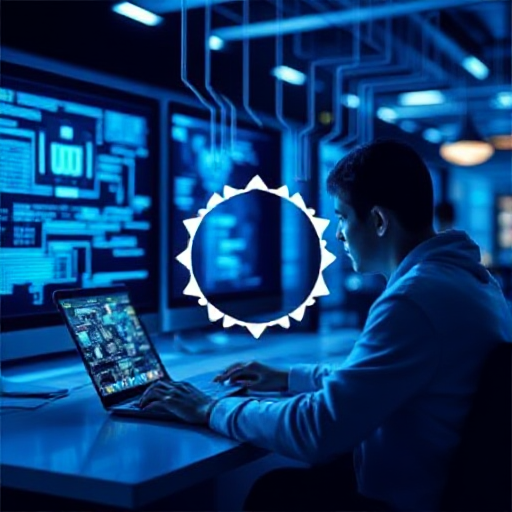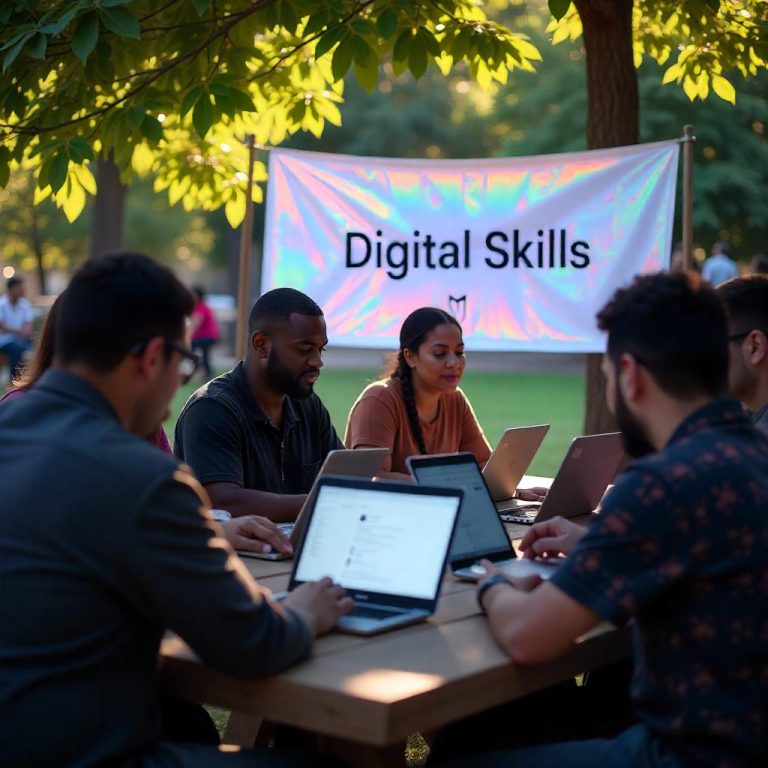
The term “app” has become ubiquitous. From smartphones to tablets, computers to smart TVs, apps are the driving force behind most digital experiences. But what exactly are apps, and how can you leverage them to improve your productivity, creativity, and entertainment?
What Are Apps?
The word “app” is short for “application software.” Simply put, an app is a program or piece of software designed to perform a specific function or set of functions. Apps can range from simple tools like calculators to complex platforms like social media networks.
Types of Apps
- Mobile Apps:
- Designed for smartphones and tablets.
- Examples: Instagram, WhatsApp, and Google Maps.
- Web Apps:
- Run in a web browser and don’t require installation.
- Examples: Google Docs, Canva, and Trello.
- Desktop Apps:
- Installed on personal computers and designed for tasks requiring more processing power.
- Examples: Microsoft Word, Adobe Photoshop, and iTunes.
- Hybrid Apps:
- A combination of web and mobile apps, offering features from both.
- Examples: Uber, Twitter, and Gmail.
How to Use Apps Like a Boss
Mastering app usage isn’t just about downloading and opening them. It’s about integrating them seamlessly into your life to maximize efficiency and enjoyment. Here’s how:
1. Identify Your Needs
- Determine the purpose you need an app for: productivity, entertainment, education, or fitness.
- Example: Use Duolingo to learn a new language or Notion for task management.
2. Research Before You Download
- Read reviews and check ratings on app stores.
- Look for apps that are frequently updated and have good user support.
- Example: Check forums or YouTube for in-depth app comparisons.
3. Master the Features
- Explore all the functionalities of an app to fully leverage its capabilities.
- Use tutorials, FAQs, or forums to learn tips and tricks.
- Example: In apps like Photoshop, mastering shortcuts can save hours.
4. Organize Your Apps
- Group similar apps into folders on your device.
- Use widgets for quick access to essential tools.
- Example: Create folders like “Work,” “Health,” and “Entertainment.”
5. Ensure Security
- Only download apps from trusted sources like Google Play Store or Apple App Store.
- Regularly update your apps to avoid security vulnerabilities.
- Enable two-factor authentication where possible.
6. Customize Settings
- Tailor app notifications and preferences to suit your needs.
- Example: Use dark mode for apps to reduce eye strain.
7. Integrate Apps for Synergy
- Link compatible apps to create streamlined workflows.
- Example: Connect your calendar app with a task manager like Todoist for seamless planning.
Popular Apps to Consider
Here are some standout apps across different categories:
- Productivity: Notion, Slack, Microsoft Teams.
- Health & Fitness: MyFitnessPal, Fitbit, Headspace.
- Entertainment: Spotify, Netflix, Twitch.
- Education: Khan Academy, Coursera, Quizlet.
- Finance: Mint, PayPal, Robinhood.
Common Mistakes to Avoid
- Overloading Your Device: Too many apps can clutter your device and reduce performance.
- Ignoring Permissions: Grant only necessary permissions to protect your privacy.
- Neglecting Updates: Outdated apps can be buggy or insecure.
Apps are powerful tools that can transform how you work, learn, and play. By identifying the right apps for your needs and using them effectively, you can simplify your life and achieve your goals more efficiently. Remember, the key to using apps like a boss is to stay organized, informed, and secure.






